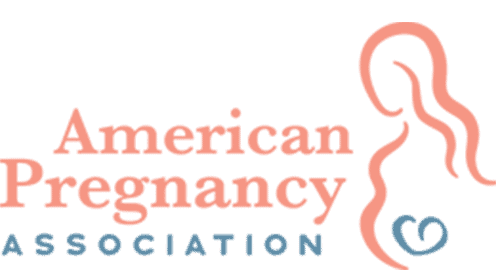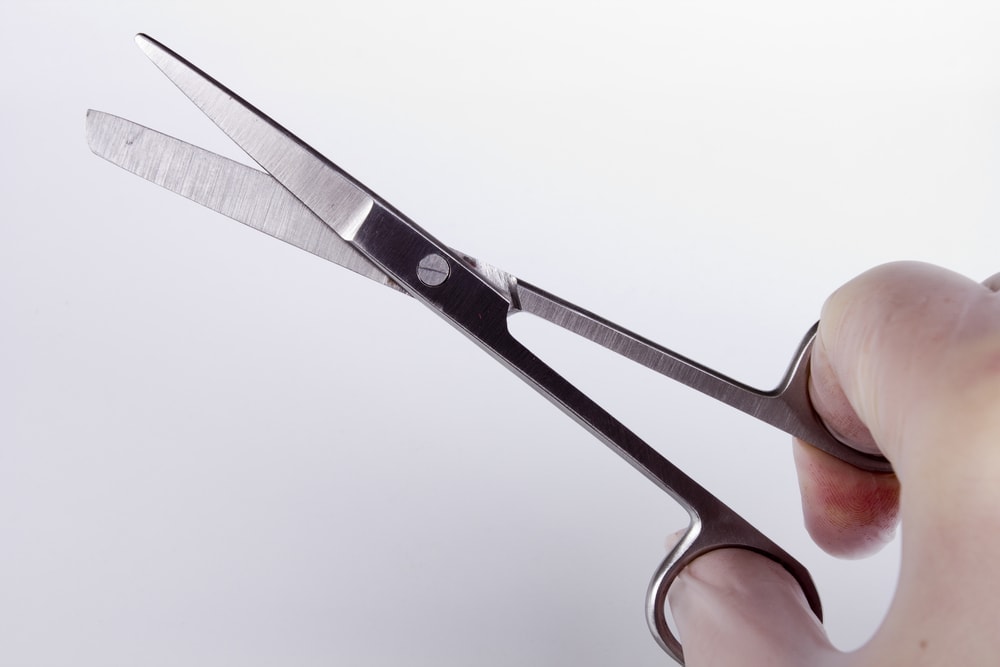Throughout your pregnancy, the umbilical cord has functioned as the connection between your baby and the placenta. It has brought important nutrients and blood to your baby. During the late stages of your pregnancy, the cord has been passing on antibodies as well, benefiting your baby’s immune system. Technically, once your baby is birthed, the umbilical cord will no longer be necessary but it is highly advised to wait at least one minute before cutting it.
Cutting Your Newborn’s Umbilical Cord
When will the umbilical cord be cut?
In most cases, the umbilical cord will be cut following birth; however, it does not necessarily have to be cut immediately. According to a review by The Cochrane Library, it is possible that keeping your baby connected to their umbilical cord for a period longer than one minute may result in specific health outcomes. This is referred to as delayed cord clamping.
Babies whose cords were clamped later following delivery had a higher initial hemoglobin concentration, had greater iron storage 3-6 months after birth, and had a greater birth weight.
However, it is important to note that in the late clamping group, more babies needed phototherapy due to jaundice. While there may be some benefits of waiting to cut your baby’s umbilical cord, the cord may need to be clamped and cut prior to his/her shoulders being exposed during labor if the cord is wrapped around their neck.
Who can cut the cord?
If you or your partner would like to help clamp and cut the umbilical cord, you should let your doctor know. If you have not specified your preference to the medical team, your doctor may ask if you would like to cut the cord. Your medical team will provide you with the necessary instructions. If you are uncomfortable assisting with this task, your doctor would be happy to do it for you.
Why is there still a section left?
Your baby will be left with a small, blue/purple stump attached to his or her belly button. In 1-2 weeks the stump should fall off on its own.
Want to Know More?
Compiled using information from the following sources:
1. Labor and childbirth in Harms, Roger W. (Ed.), Mayo Clinic Guide to a Healthy Pregnancy (182-3). New York, NY: HarperCollins Publishers Inc.
2. Month 2: Weeks 5 to 8 in Harms, Roger W. (Ed.), Mayo Clinic Guide to a Healthy Pregnancy (59). New York, NY: HarperCollins Publishers Inc.
3. Umbilical cord care
https://americanpregnancy.org/firstyearoflife/umbilical-cord/
4. Jaslow, Ryan (2013, July 11) Not cutting umbilical cord immediately may boost baby’s health. CBS News.
https://www.cbsnews.com/news/not-cutting-umbilical-cord-immediately-may-boost-babys-health/
5. McDonald, S. J., Middleton, P., Dowswell, T., & Morris, P. S. (2013). Effect of timing of umbilical cord clamping of term infants on maternal and neonatal outcomes. The Cochrane Library.






